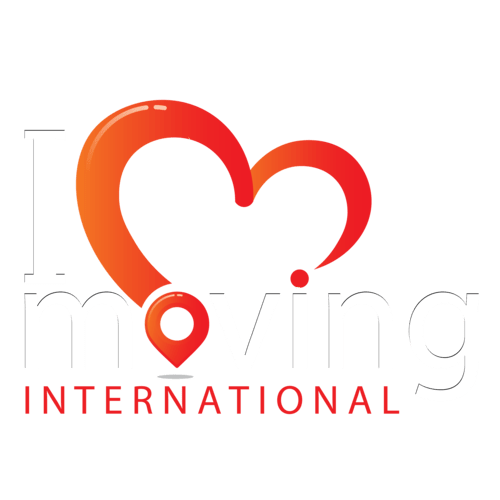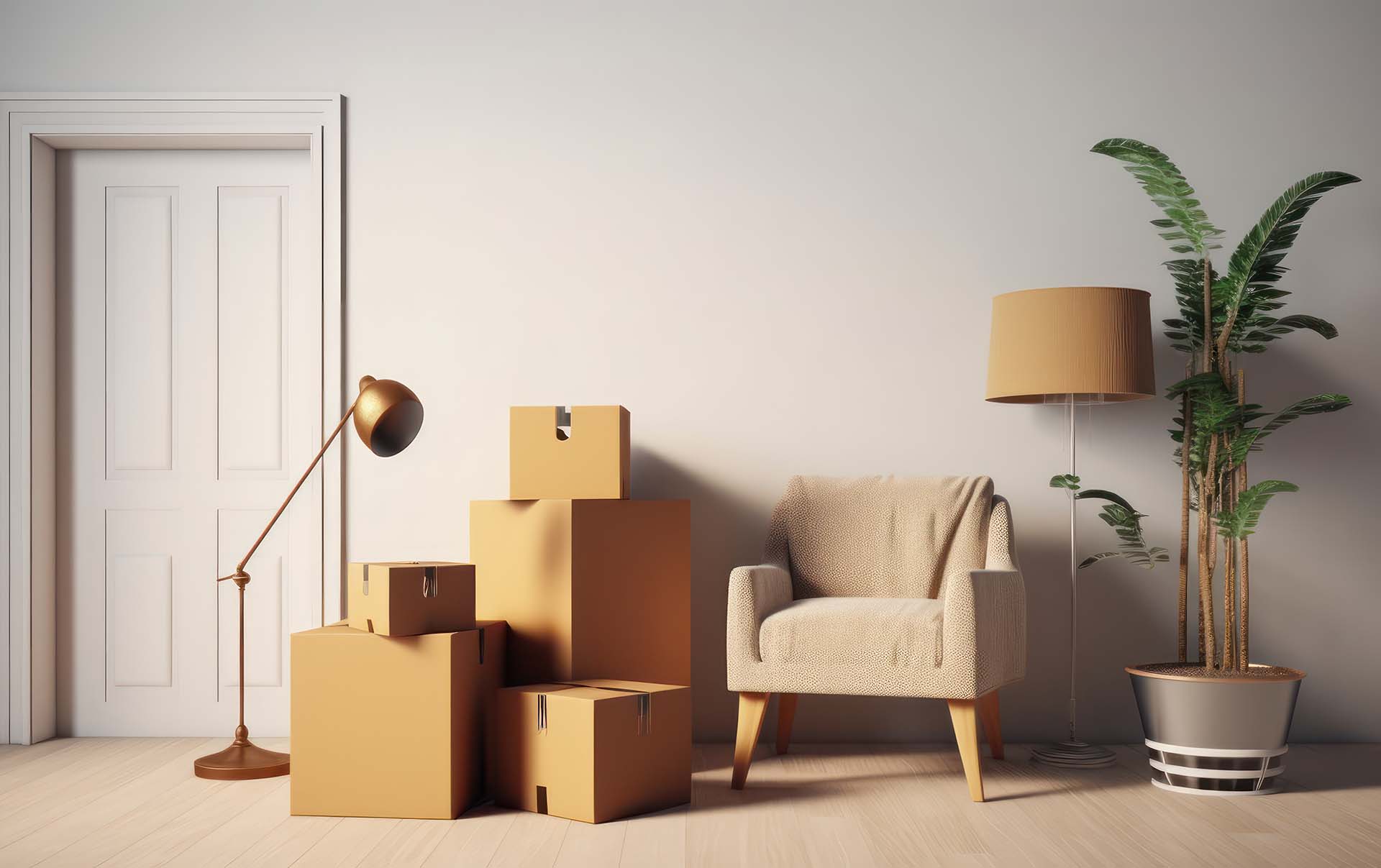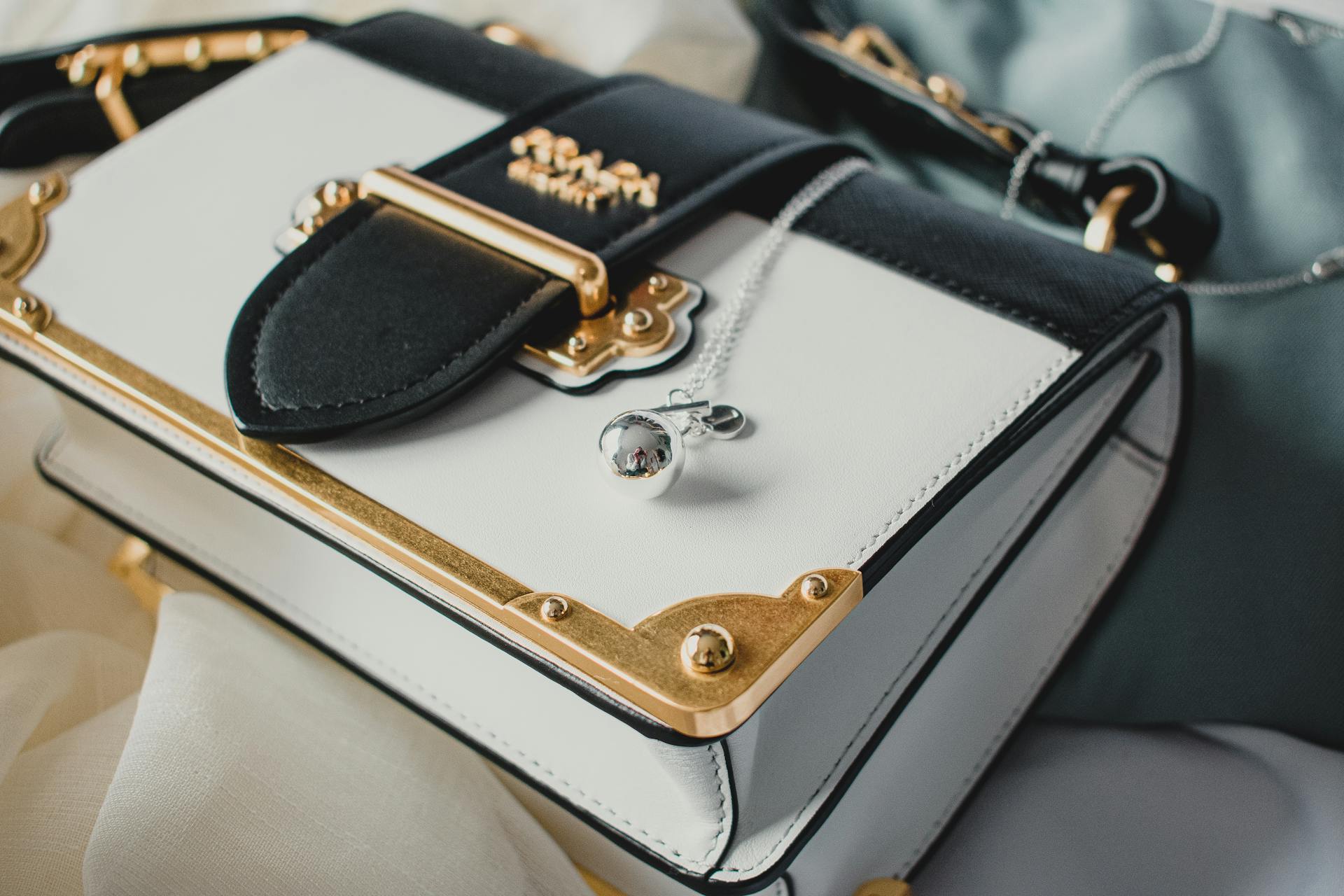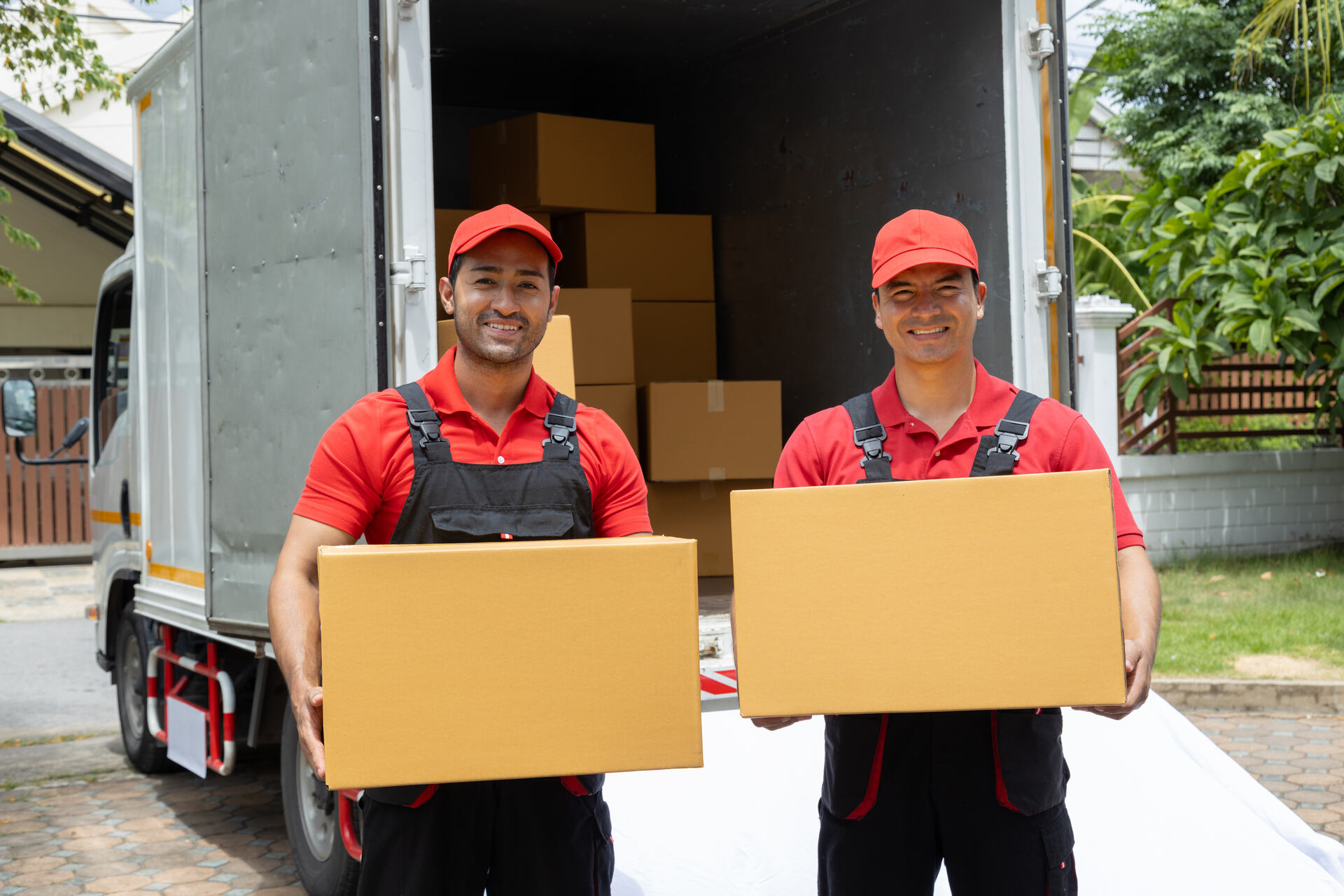Moving overseas is a process that requires the utmost organization. Although many people find it overwhelming, the right tools can make all the difference. Selecting the best size boxes for moving abroad is one of the most crucial aspects of a successful transition. That way your belongings will be protected and you’ll pack them more efficiently. Let’s check out how to do all this and make it a breeze.
How to Select the Best Size Boxes for Moving?
To pick the right cartons, think about the type and weight of your items. Use small boxes for heavy items like books, medium for kitchenware and decor, and large for lightweight, bulky items like bedding. Label each box with its contents and the room it belongs to, ensuring an organized and efficient move.
Why Having the Right Size of Boxes for Moving Is Crucial?
There are several reasons why having the right-sized packages could impact your overall relocation experience. First and foremost, using an appropriately sized box ensures the safety and security of your belongings during transit. Items packed in cartons that are too large can shift and move around, increasing the risk of damage. So, packages that are too small may not provide adequate space for padding and protection, leading to potential breakage.
The right size package contributes to an efficient packing process, allowing you to maximize space and reduce the number of packages needed. This not only saves time and effort but also minimizes moving costs. Moreover, correctly sized boxes are easier to handle and transport, reducing the risk of injury from lifting or carrying heavy, oversized containers.
How Wrong-Sized Box Can Make Your Relocation a Nightmare?
Using the wrong-sized cartons can turn your relocation into a nightmare. Oversized boxes filled with heavy items can become too cumbersome to lift, putting movers and yourself in danger and making the relocation more physically demanding.
On the other hand, undersized cartons may not fit your belongings properly, leading to overstuffing and potential damage to the items inside. Additionally, inefficient use of space means you’ll need more cartons than necessary, complicating the packing schedule and increasing overall costs. The result is a chaotic, stressful move where items are more likely to get damaged, lost, or misplaced.
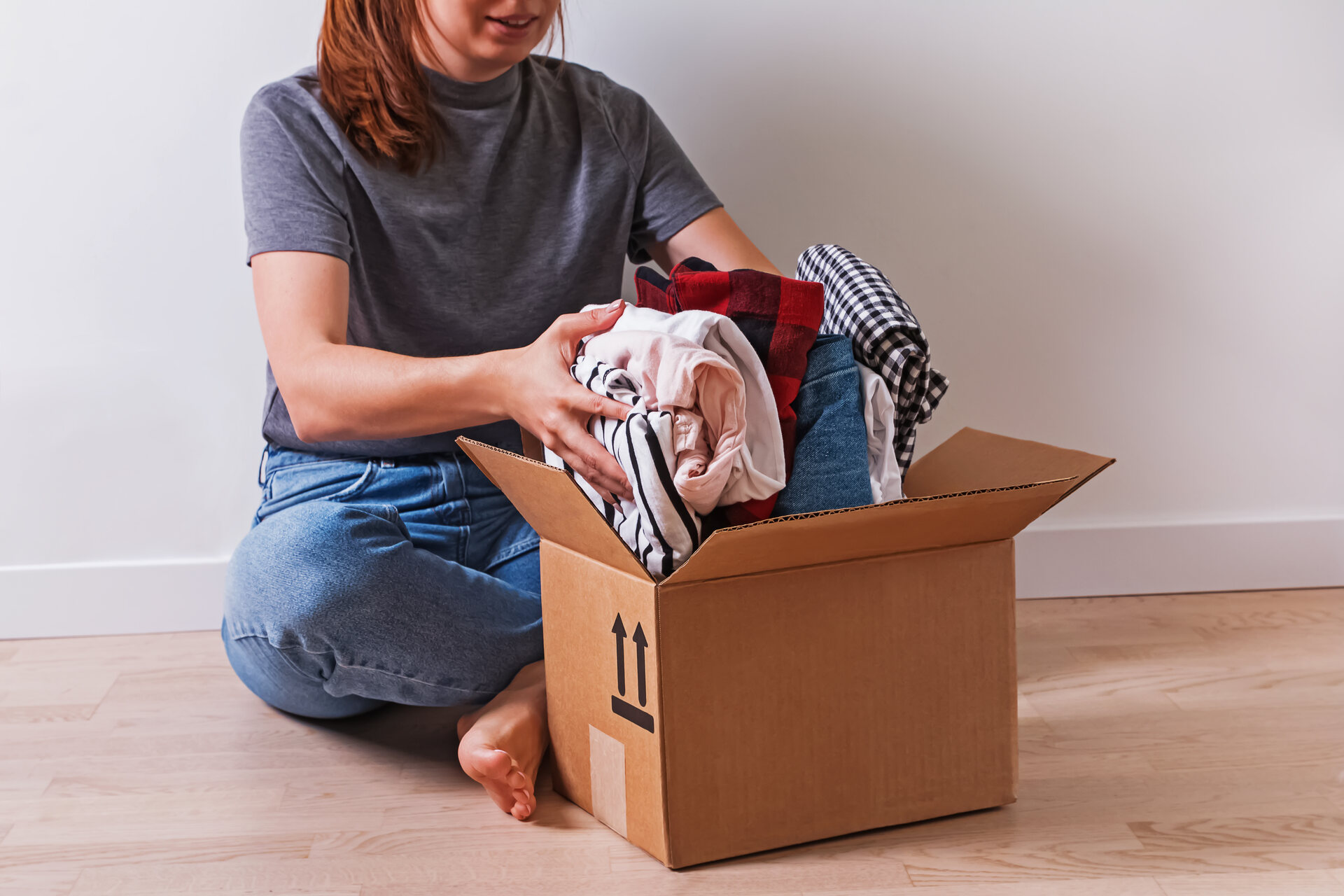
What You Need to Factor In for Your Relocation Needs?
Size matters not in itself. Here are other factors that will determine the needed size of boxes for your relocation.
Start by creating a detailed inventory of everything you plan to move. Categorize items by size, weight, and fragility to determine the appropriate box sizes for each category. That way you can plan your wrapping list and get as much material as needed.
Think of the strength and durability of the packages. Heavy-duty boxes are essential for packing heavier items, while lighter ones can be used for larger stuff like linens and clothing. Look for cartons with double-wall construction for added strength.
Assess the fragility of your belongings. Fragile items such as glassware, electronics, and antiques require specialty packages with additional padding and dividers to prevent damage during transit.
Proper weight distribution is key to preventing injuries and ensuring cartons can be easily handled. Avoid overloading large boxes with heavy items. Instead, distribute weight evenly across multiple smaller cartons.
Understanding Box Sizes and Their Uses
Different sizes of packages serve distinct purposes, helping you to pack your items securely and systematically. Knowing these standard sizes helps ensure you select the appropriate cartons for different items, making your packing process more efficient and organized. Check out how different sizes have different uses in the table below:
| Size | Use |
|---|---|
| Small (1.5-2 Cubic Feet) | Books, tools, small appliances |
| Medium (3-3.5 Cubic Feet) | Kitchen utensils, toys, electronics, clothing |
| Large (4-5 Cubic Feet) | Bedding, pillows, large but light kitchen items like pots and pans, lampshades |
| Extra-Large (6+ Cubic Feet) | Comforters, winter coats, large stuffed animals, blankets |
When planning an international move, partnering with a reputable overseas shipping company can help you select the right box sizes that comply with international shipping regulations. We at I Love International Moving understand how this part of the relocation is important. That’s why we will ensure the safety and security of your belongings throughout the journey.
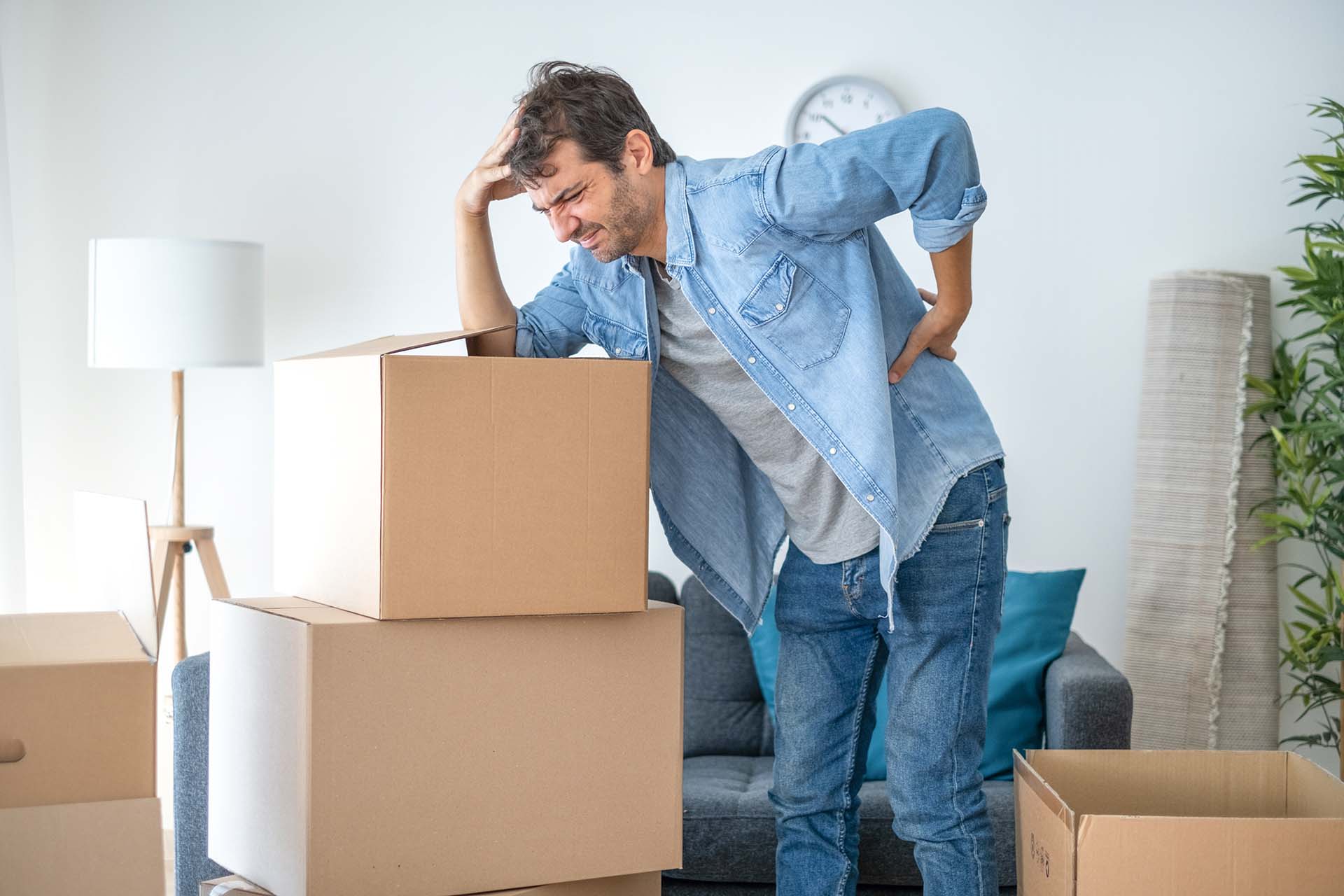
What Is the Best Size for Your Packing Process?
If this is your first time relocating abroad, then it’s best to go with some well-known rules. Standard or medium cartons are great when you need a little more room without putting too much in your package making it too heavy to carry. When compared to the small carton, it can hold 12 liters more.
Because of their versatile size, these cartons are the most popular ones used for relocation because they can hold a lot of different household items. Just the right size—not too small nor too big. Even when they’re full, they’re easy to carry. They’re great for packing light items that can be stacked neatly to save room during the move.
Get Specialty Boxes for Utmost Protection
Specialty cartons are designed to meet specific packing needs, offering enhanced protection and convenience for certain items. Here are the different types of specialty packaging:
- Wardrobe boxes – These cartons come with a built-in hanging rod, making them perfect for transporting clothes directly from your closet without folding. This prevents wrinkles and saves time.
- Dish pack boxes – These packages have dividers and extra padding, ideal for transporting fragile items like dishes, glasses, and other breakables. Using dish pack cartons helps to protect your valuables and keep them organized.
- Picture and mirror boxes – These flat, adjustable cartons are designed to safely transport framed pictures, mirrors, and other flat, fragile items. They help prevent damage and make transporting these awkwardly shaped items easier.
How to Pack Properly and Efficiently?
Packing properly and efficiently is key to a smooth and successful move. Make your wrapping list and start by gathering all necessary materials, including sturdy cartons, packing tape, bubble wrap, packing paper, and markers for labeling.
Begin with the items you use least often, packing room by room to stay organized. Wrap fragile items individually in bubble wrap or packing paper, and place heavier items at the bottom of each box with lighter items on top. Fill any gaps with packing paper or soft items to prevent shifting during transit.
Seal each box securely with tape, reinforcing the bottom for added strength. With these steps, you can ensure your belongings are well-protected and the moving process is as efficient as possible.
Label Each Box for the Best Packing Organization
Labeling each box for the utmost organization is essential for a streamlined moving process. As you pack, use a clear and consistent labeling system to identify the contents and destination of each box. Write the room name and a brief list of key items on at least two sides of the box, making the labels easily visible no matter how the packages are stacked.
Consider using color-coded labels or stickers to designate different rooms, which can help movers quickly place cartons in the correct locations at your new home. Additionally, mark boxes containing fragile items with “FRAGILE” and include any special handling instructions. This level of organization not only saves time during the unpacking process but also reduces stress by ensuring you can quickly find and access essential items upon arrival.
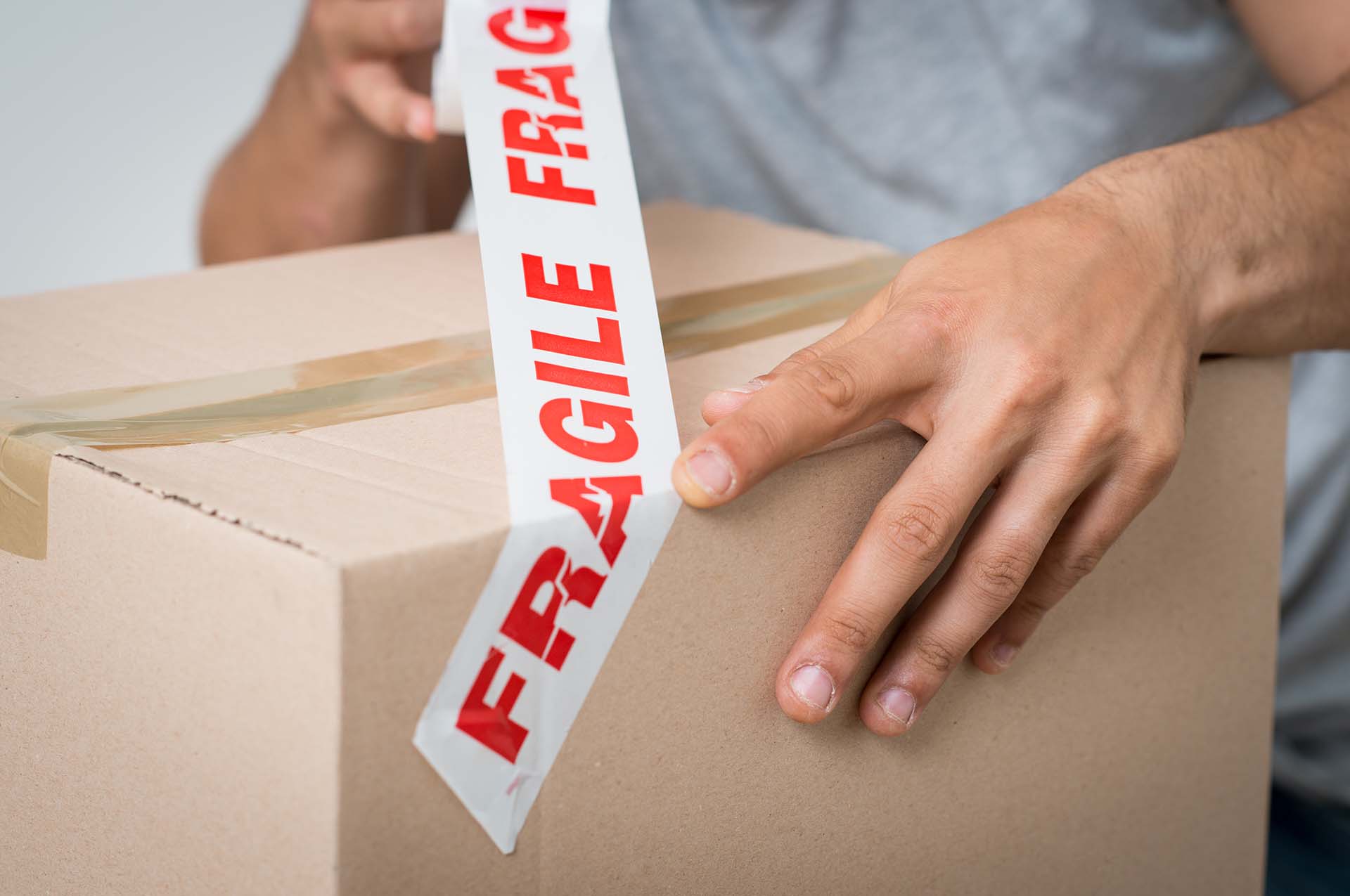
Contact the Best International Movers for Stress-Free Shipping Overseas
Finding reputable movers is a critical step in ensuring a successful and stress-free relocation. Start your search for a top-notch international moving company online. Focus on services you need – professional packing services and probably storage units for some of your belongings.
Check out all the reviews (Yelp, BBB, or TrustPilot), and be sure to read both positive and negative ratings from previous customers. Ask for recommendations from friends and family who have experience with reliable movers.
Once you have a shortlist, request quotes from at least three companies to compare services and pricing. Make sure to inquire about their licensing, insurance coverage, and any additional fees that may apply. Finally, schedule an in-home or virtual estimate to get a detailed and accurate quote. By taking these steps, you can choose a trustworthy relocation company that meets your needs and budget, giving you peace of mind throughout your move.
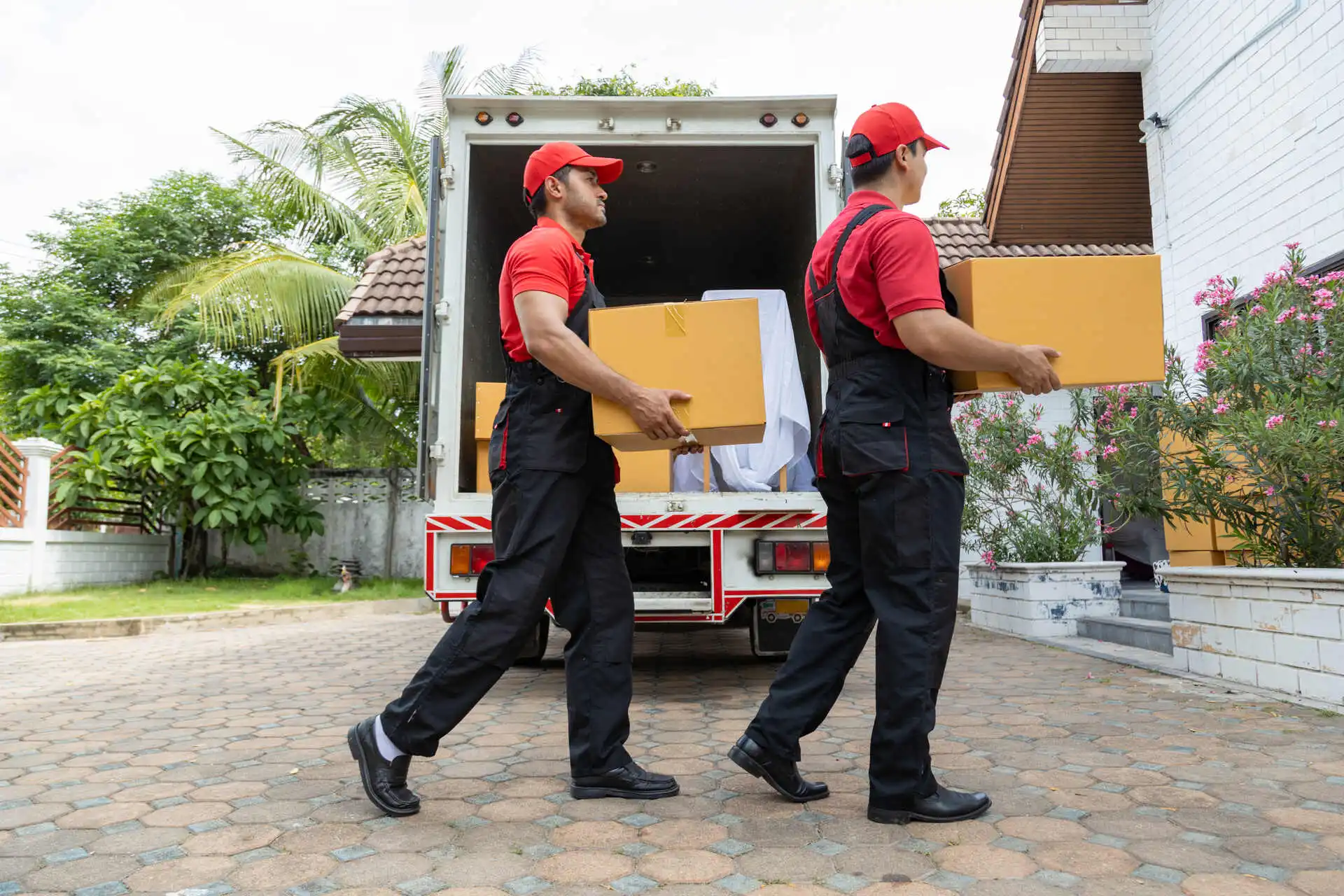
Partner With a Trusted Overseas Moving Company
Choosing the right size cartons for moving your belongings will make your relocation much easier. By understanding the uses of different box sizes, considering key factors, and following packing tips, you can protect your items and make your moving process much easier.
For a seamless international moving experience, consider partnering with a trusted overseas shipping company like I Love International Moving. Our expertise and comprehensive services will make your move stress-free and ensure your belongings reach their destination safely. Contact I Love International Moving today to start planning your hassle-free international move!
Frequently Asked Questions About Best-Sized Boxes for Moving
For heavy items such as books and tools, small cartons (up to 1.5 cubic feet) are ideal. These cartons are easier to lift and handle, reducing the risk of injury and ensuring that the boxes do not become too heavy to move.
To estimate the number of cartons you need, start by creating an inventory of your belongings. Consider the size and volume of items in each room, and use standard box size guidelines to calculate the number of boxes required for each category. Moving calculators available online can also provide helpful estimates based on the size of your home.
Yes, there are specialty packages designed for fragile items, such as dish packs with cell dividers and glassware cartons with individual compartments. These boxes provide extra protection by keeping delicate items separated and cushioned, reducing the risk of damage during transit.
While reusing cartons can be economical and environmentally friendly, it’s important to ensure that the boxes are still in good condition. Check for any signs of wear, weakness, or contamination. Strong, undamaged packages are crucial for protecting your items and ensuring a safe move.
Label each box clearly with the room it belongs to and a brief description of its contents. Label things the same way every time, like using color-coding or stickers for each room. Mark cartons containing fragile items with “FRAGILE” and include special handling instructions if needed. Labeling on at least two sides of each box makes it easier to identify them no matter how they are stacked.
